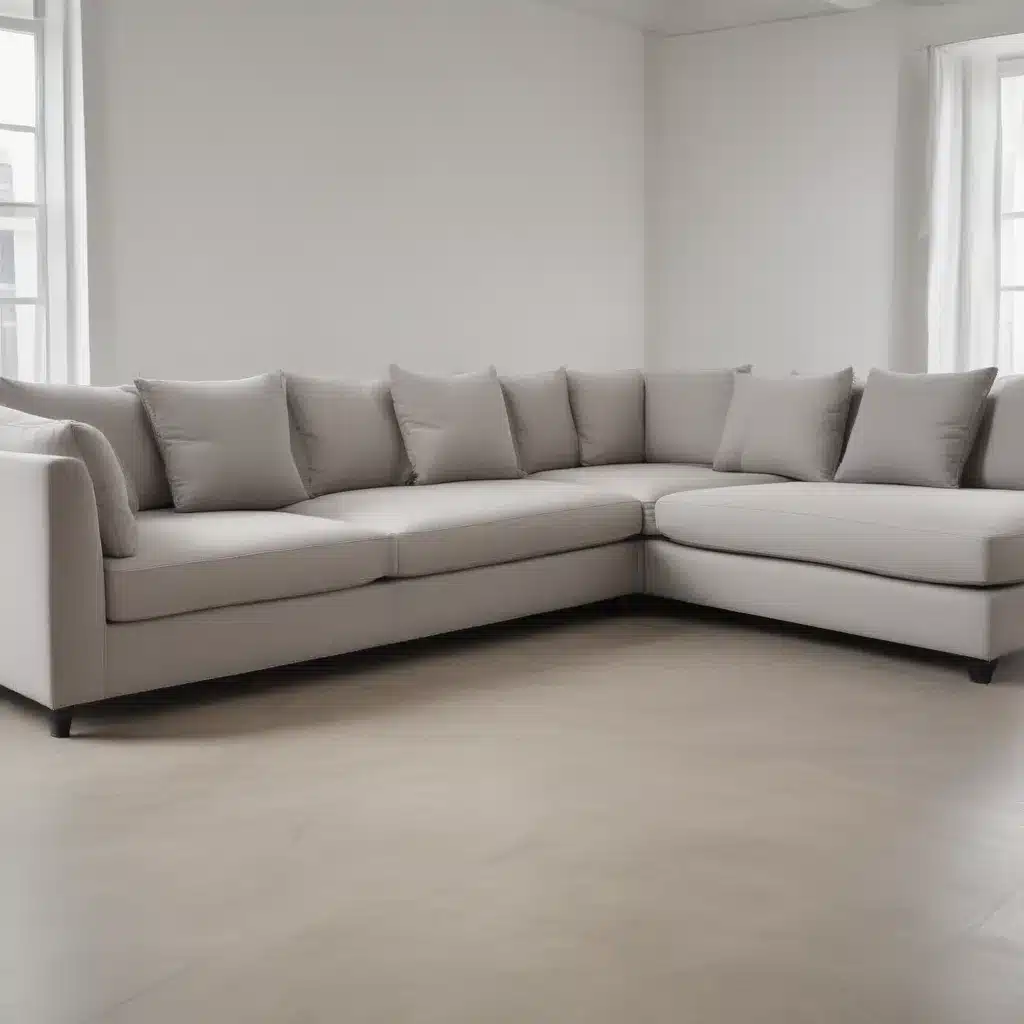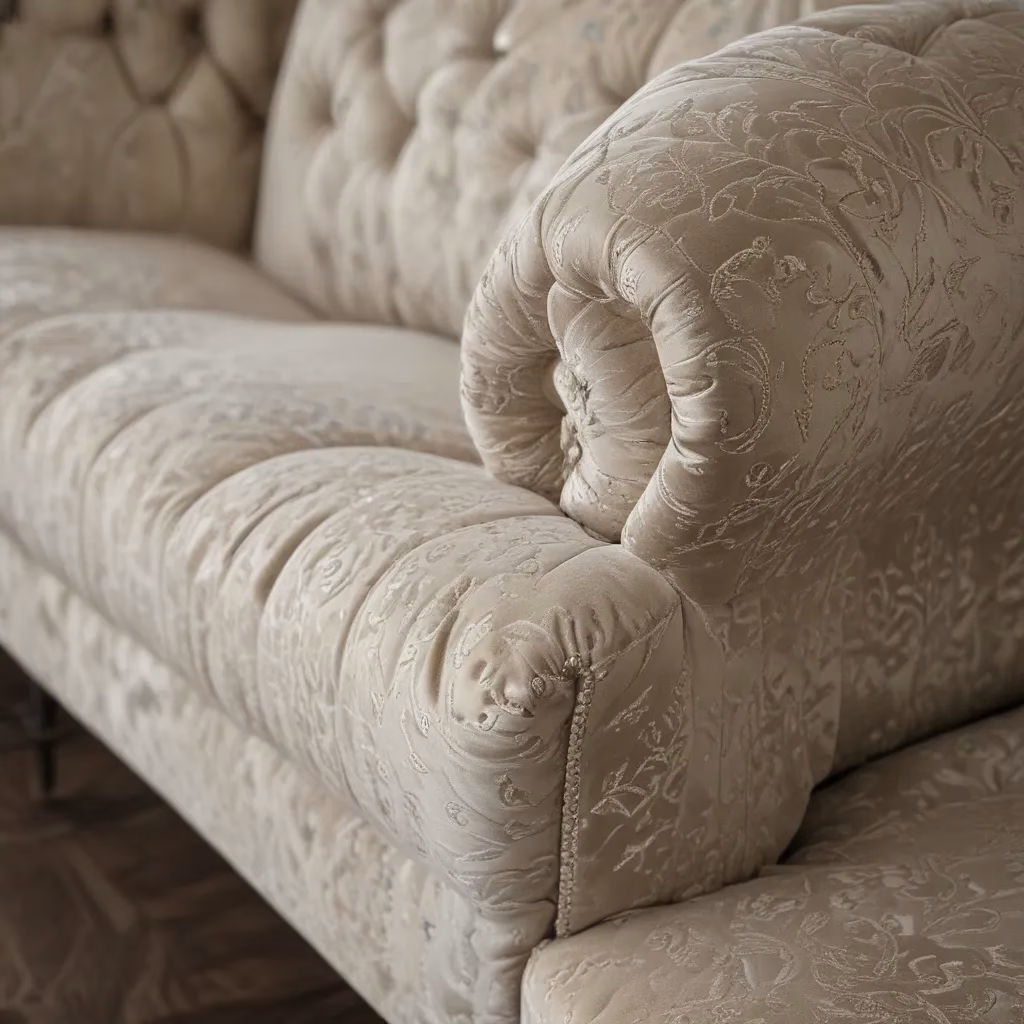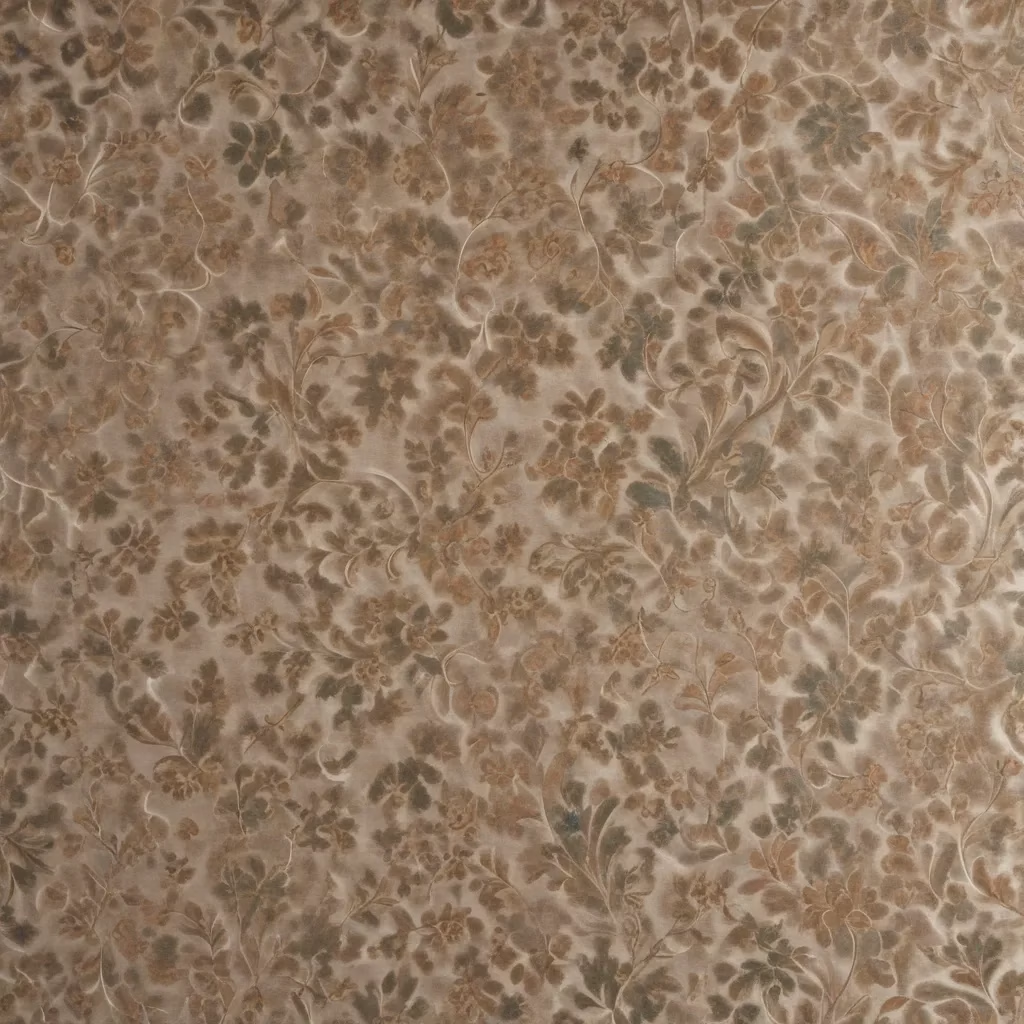Choose the Right Sofa Size for Your Room Dimensions
Ahh, the age-old conundrum – finding the perfect sofa to fit your living space. It’s like trying to squeeze a square peg into a round hole, except the peg is a giant, squishy piece of furniture and the hole is your living room. Fear not, my fellow interior design enthusiasts, for I’m here to guide you through the labyrinth of sofa sizing and help you find the perfect match for your room dimensions.
Mastering the Art of Sofa Scaling
Let’s start with the basics, shall we? When it comes to selecting the right sofa, size is everything. A sofa that’s too large will make your room feel cramped and cluttered, while a sofa that’s too small will look out of place, like a child trying to sit in an adult-sized chair. According to the experts at Homes & Gardens, the general rule of thumb is to aim for a sofa that’s around two-thirds the length of the wall it’s placed against. This helps create a balanced, proportional look that won’t overwhelm the room.
Now, I know what you’re thinking – “But what if the perfect sofa size is somewhere in between the standard options?” Well, fear not, my design-savvy friend, because you have options. You could go a little larger than the two-thirds guideline if you need the extra seating space, or you could opt for a custom-made sofa that’s precisely the length you desire. As interior designer Bee Osborn of Studio Osborn suggests, “When scaling a sofa to a room, as a rule of thumb, we tend to make the sofa half the size of the wall it is going on to allow the space around it to breathe and also to place side tables with lamps on either side.”
Depth Matters, Too
But it’s not just the length of the sofa you need to consider – the depth is just as important. As Homes & Gardens Editor in Chief Lucy Searle advises, “The largest standard size sofa in a style that gives it a depth of 40 inches around 101cm might prove overly imposing without a generous room to occupy. Sizing down to a sofa with a smaller length but the same style isn’t the answer if the sofa takes up too much space in this dimension because the seat depth will remain the same.”
To avoid this, you might want to consider a more traditional, upright sofa design rather than a modern, slouchy one. The shallower depth can make a big difference in how the sofa fits within your living space. And let’s not forget about those all-important arm heights – they can make or break the flow of a room, so be sure to factor them in as well.
Sectionals and L-Shapes: Navigating the Space Conundrum
Now, let’s talk about those ever-popular sectional sofas and L-shaped beauties. These can be fantastic choices, especially for open-plan spaces, as they help to define the living area. As Emma Sims-Hilditch of Sims Hilditch explains, “A large L-shaped sofa is a great choice for an open-plan space as it helps to delineate the sitting room area from the dining area or kitchen.”
But with a sectional, you’ve got an extra dimension to consider – the chaise portion. The experts advise that you’ll want to plan on taking up no more than half the length of the wall with the chaise. After all, you don’t want to end up with a sofa that dominates the entire room, leaving no space for anything else.
And if you’re working with a smaller space, a sectional can actually be a fantastic choice. “A sectional will often work well as a room divider,” says Sims-Hilditch. “In this case, choose one of dimensions that follow the perimeter of the room.” Just make sure to leave enough room for traffic flow and to avoid feeling closed in.
Embrace the Curves (or Angles)
The shape of the sofa itself is another key consideration. As Hedayat of Jam By Hedayat suggests, “We like to use sofas with curved details in rooms to break too much angularity and allow for some softness.” This can be particularly helpful in rooms with low ceilings, as the curved lines can create the illusion of more space.
On the other hand, if you’re going for a more traditional, “gentleman’s club” vibe, a higher-backed sofa might be the way to go. As interior designer Amanda Meade explains, “A higher backed sofa gives a feeling of a gentlemans club.” Just be mindful of how the sofa’s shape and height will affect the overall flow and proportions of the room.
Colour and Comfort: The Final Touches
Now, let’s talk about the fun stuff – colour and comfort! The hue you choose for your sofa can have a big impact on how it fits into the overall space. As BIID registered interior designer Caitlin Miller explains, “For this space, I wanted to maximize seating without having a sofa that dominated the space. Pale grey was a perfect color for this space to continue the light airy feel while contrasting with the rich warm woods in the floor and coffee table.”
But if you’re going for a cozy, intimate vibe in a den or media room, a bolder, more statement-making sofa colour might be just the ticket. “A large cozy sofa adorned with cushions can be a statement feature in a room, particularly if it is upholstered in a striking color like blue,” says Emma Sims-Hilditch.
And let’s not forget about comfort – after all, a sofa is meant for lounging, snuggling, and maybe even the occasional mid-afternoon nap. So be sure to consider the cushion density, back support, and overall sinkability of the sofa you choose. Because what’s the point of a beautiful sofa if you can’t sink into it with a good book and a cup of tea?
Now, I know what you’re thinking – this is a lot to consider! But fear not, my friends, because the team at Sofa Spectacular are here to guide you every step of the way. Whether you’re looking for a classic, streamlined design or a cozy, customizable sectional, they’ve got the expertise and the selection to help you find the perfect sofa for your space.
So, what are you waiting for? Grab a tape measure, start measuring those walls, and let’s find you the sofa of your dreams!
Sofa Sizing Cheat Sheet
Here’s a handy table to help you visualize the various sofa sizes and how they might fit in your living space:
| Sofa Size | Typical Dimensions (in) | Typical Dimensions (cm) |
|---|---|---|
| Small | 72-84 | 175-210 |
| Medium | 84-96 | 210-240 |
| Large | 96-120 | 240-300 |
Remember, these are just general guidelines, and the actual size you’ll need will depend on the specific dimensions of your room. But this should give you a good starting point to narrow down your search.
Sofa Spotlight: The Perks of Custom Sofa Design
If you’re struggling to find the perfect pre-made sofa, consider the benefits of a custom-designed piece. As Barry Bordelon and Jordan Slocum of the Brownstone Boys suggest in their new design book, “For the Love of Renovating,” custom sofas can be a game-changer.
Not only can you get the exact dimensions you need, but you can also tailor the overall style, cushion density, and even the fabric to perfectly suit your space and personal preferences. And let’s be honest, there’s something pretty special about having a one-of-a-kind piece of furniture that’s been designed just for you.
So, if you’re feeling stuck in the sofa-sizing conundrum, don’t be afraid to explore the world of custom design. It might just be the solution you’ve been searching for all along.




